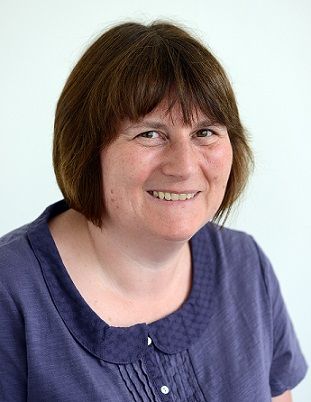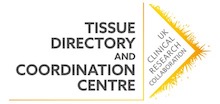Spotlight on: Sue Ring
In our latest blog post we meet Dr. Sue Ring, Head of Laboratories and Executive Director of the Avon Longitudinal Study of Parents and Children (ALSPAC) at the University of Bristol, to find out more about her work with ALSPAC.
What is your role and what does it involve?
I am Head of Bristol Bioresource Laboratories (BBL) and an Executive Director of ALSPAC, also known as the "Children of the 90s" project. The BBL lab was originally set up to process and store samples from the ALSPAC cohort and we established a biobanking infrastructure for population cohort studies. The labs now manage collections from a number of population and disease based cohorts in addition to the ALSPAC biobank.
My role in ALSPAC is to direct all laboratory activity and to contribute to the governance of the study. I work with numerous researchers who use our samples to ensure we can provide what they need for their research. I also spend a lot of time developing policy and ensuring compliance with legislation, particularly in relation to use of human tissue as I am the Designated Individual for our department’s Human Tissue Authority Licence.

How long have you been at ALSPAC and what did you do before?
I started work for the ALSPAC study as a junior postdoctoral researcher in 1996 when I was appointed to create a DNA bank and have been involved with the study ever since. Before that I studied genetics at university and trained as a molecular biologist. During my PhD and early research career I worked on the inheritance of rare blood group antigens and the structure of red blood cell proteins.
What working achievement are you most proud of?
Playing a part in the creation the ALSPAC biobank. It is great resource and it is very rewarding to hear about the numerous research findings that have come out of the project. I was very proud to accept the UK Biobank of the Year award last year on behalf of the ALSPAC team. The award recognised the work that goes on in the background, often unnoticed, which enables a large amount of research.
Tell us about a project which is top of your to-do list or that particularly interests you.
To maximise the data generation from all ALSPAC samples to enhance the resource further.
Do you have any key messages for Biobanks in the UK?
Biobanks are valuable resources and we have a responsibility to ensure that samples and the data generated from them are shared appropriately and put to maximum use. It’s also important to remember that biobanks would not exist without the patients and participants who donate their samples. It is essential that due consideration is given to participants’ wishes, that their contribution is acknowledged and that they are informed about the outcomes of our research.
What do you consider to be the most exciting developments in Biobanking at the moment?
Advances in technology for collecting health, lifestyle and environmental data are making the collection of large datasets more affordable. Linking this to “omics” data generated from the samples themselves is allowing us to create incredible resources for research.
What is the biggest challenge of your job?
Managing numerous demands on my time.
What do you enjoy most about your job?
Working with a team who are all dedicated to making ALSPAC the best resource possible. I also enjoy helping junior researchers develop their projects and guiding them through the governance processes.
I love learning about the vast spectrum of research Children of the 90s is used for: it is incredibly diverse, and I have learnt about areas I would never have found out about if I had worked in a typical molecular biologist’s role.
What do you like to do outside of work?
Spending time with my family is my favorite way to pass time, particularly when we can get out for long walks in the countryside or by the coast. I love being outside and spend a lot of time trying to get things to grow in the garden or out walking with a local nordic walking club. I also enjoy cooking and crafts like crochet and cross stitch.
